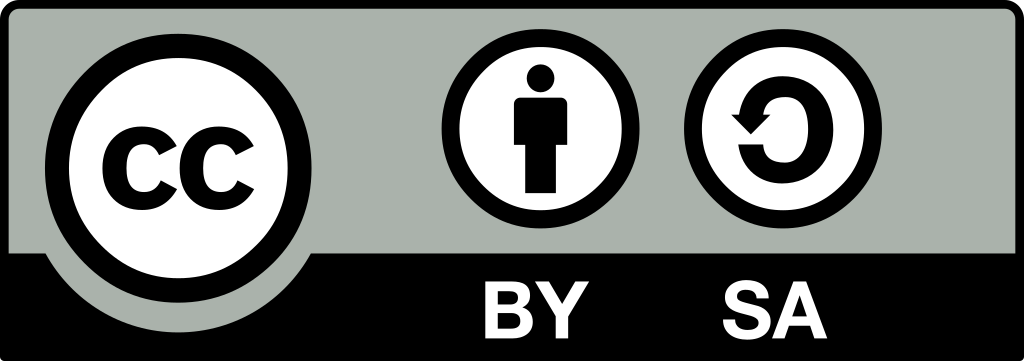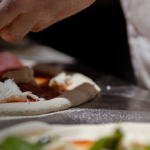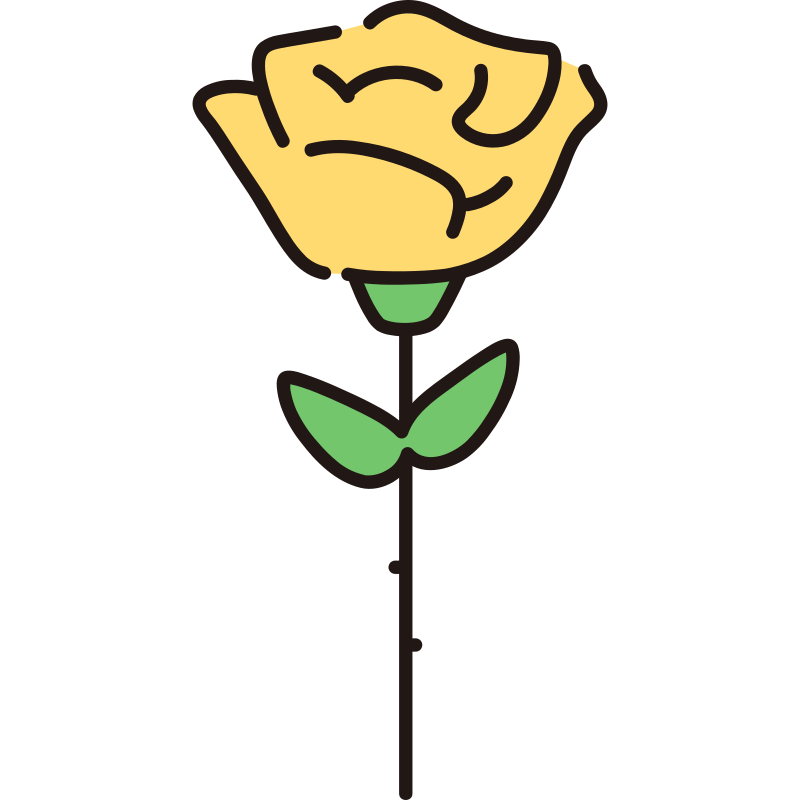Sometimes, the best ideas aren’t our own. When I saw this strategy, I was immediately excited by the possibilities for using it with Arts Integration. It could easily be applied to any subject and really helps to walk students right on up through Bloom’s Taxonomy.
It’s called the Complexity Wheel and I found it from another fantastic teacher, Brittany Wheaton (aka: The Superhero Teacher). She uses this for grade 7-12 literature classes so that students can deeply explore and document their thinking about specific novels.
You create these wheels, you’ll just need two pieces of cardstock cut into circles. The top circle provides the topic you’ve chosen and the bottom circle is split into 6 sections (Remember, Understand, Apply, Analyze, Evaluate and Create) with specific tasks to complete for each section. You’ll then put them together using a brad in the center. You can also create a fill-in sheet for each of the 6 Bloom’s sections.
So how do you use this in YOUR classroom? Well, here are a few ideas:
In the E/LA Classroom…modify this for your own fiction or non-fiction texts. You can have students draw or write their answers or use this as part of your centers work.
In the Math Classroom…Instead of a book, use a math problem that you want students to solve. Work through each of the standards of mathematical practices or keep the Blooms Taxonomy and slowly move students from answering the problem to creating a new one using the same principles.
In the Science Classroom…Use the wheels to explore a scientific concept or to work through an engineering challenge.
In the Arts Classroom…Use the wheels to study an artist/composer/playwright/choreographer or a specific composition. Also a great way to structure the components of an upcoming project.
As an Integration Tool...Use the wheel to guide an arts integrated project so that students are prompted to answer essential questions about both content areas as they move through the integrated lesson.
I hope this new strategy gets your mind spinning like it did for me. Here’s to an innovative week ahead!







